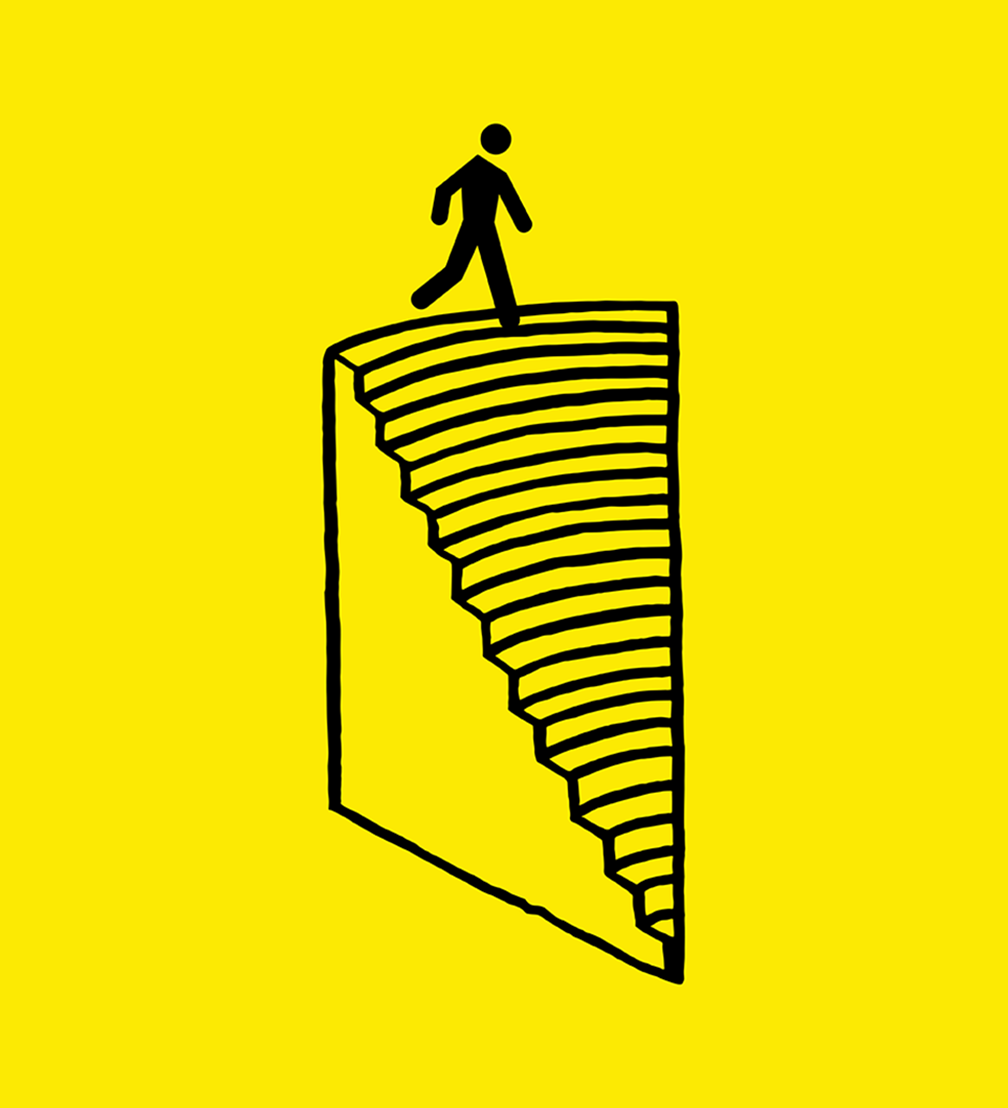
Last year, Riga Art Space changed its name to Riga Contemporary Art Space. This fall, at the start of the new exhibition season, the art space presented both its development strategy, which aims to strengthen the position of contemporary art in Riga, and a new visual identity created by artist Reinis Dzudzilo. The wordmark, graphic symbol, and other visual elements created for the exhibition hall refer to the act of looking and seeing, as well as the spatial experience of the visitor.
The mission of Riga Contemporary Art Space (Rīgas Laikmetīgās mākslas telpa / RLMT) is to strengthen the role of contemporary art in our society, highlighting its ability to stimulate thought, build empathy, and create space for conversation about the world we live in. «Our team is convinced that art is a tool that promotes discussion and a sense of belonging; that in today’s world it is a universal language that helps us understand ourselves and life. We strive to create an environment where contemporary art is perceived with openness, attention, and respect—as an important part of society’s thought process, rather than a niche phenomenon,» says Daiga Rudzāte, director of RLMT.

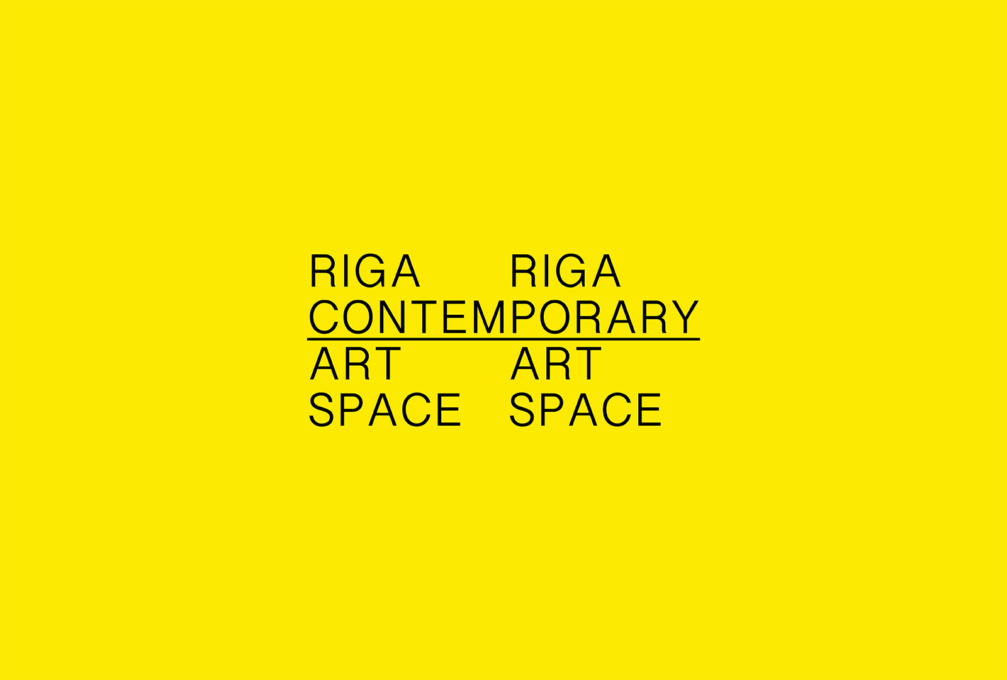
The new visual identity of the exhibition hall was created by Reinis Dzudzilo and includes various references to looking. The RLMT logo interprets it through language and its graphic representation. «The arrangement of the words in two parallel columns refers to a pair of eyes — looking — where each eye sees the same thing, but what we see merges into a single line with the the word «contemporary»,» explains Reinis.
Reinis has also created a graphic symbol for the visual identity — a hand-drawn fragment of stairs that, like the wordmark, merges into a single point. The staircase motif is a reference to the spatial experience of RLMT visitors. «To get to the Riga Contemporary Art Space, you have to go underground, just like Orpheus after Eurydice. And then up — in the hope of bringing your beloved back. This fragment of the journey — down and up — can be seen in the drawing. Will the viewer — Orpheus — look over his shoulder as he returns to the surface?» Reinis says.

The image of a pedestrian or traveller in the visual identity is derived from road sign No. 729, which indicates an underground or above-ground pedestrian crossing. It is intended as a variable element that will offer different variations in the future. Currently, the traveller is placed opposite another figure that has lost its head. Reinis explains that this juxtaposition can be interpreted in different ways — it could be another traveller who wants to communicate, or a reflection in a mirror, or art whose message has migrated to the traveller. In addition, when placed together, the two heads visually resemble a pair of eyes.
Combined with the stairs, the traveller appears as Orpheus — in the space, it is painted on the wall along the stairs leading to the exhibition hall. The Great Orpheus will soon be displayed across the entire height of the RLMT building facade, revealing itself to visitors as they approach the entrance, keeping with the theme of viewing.

In parallel with the introduction of its new visual identity, RLMT is also developing its facilities, creating an open, functional, and modern environment for the viewer experience, as conceived by architect and artist Pauls Rietums. There are plans to expand the public area by creating recreation and education spaces, as well as a new ticket office and entrance solution that will form a transition between «the rhythm of the city and the exhibition space». A conference hall concept is also being developed, which will allow lectures, discussions, and international conferences to be held in the future, establishing the RLMT as a fully-fledged cultural communication centre. At the end of this year, the RLMT’s new website will be available, offering access to the current programme, exhibition archive, and educational initiatives.
Currently, the Large Hall of the Riga Contemporary Art Space is hosting a large-format exhibition by artist Leonards Laganovskis, Clean Cut, and from November 14, Rihards Vītols’ exhibition Ecotopia will be on display in the Small Hall, where observations of nature are intertwined with technological possibilities and speculative scenarios for the future.


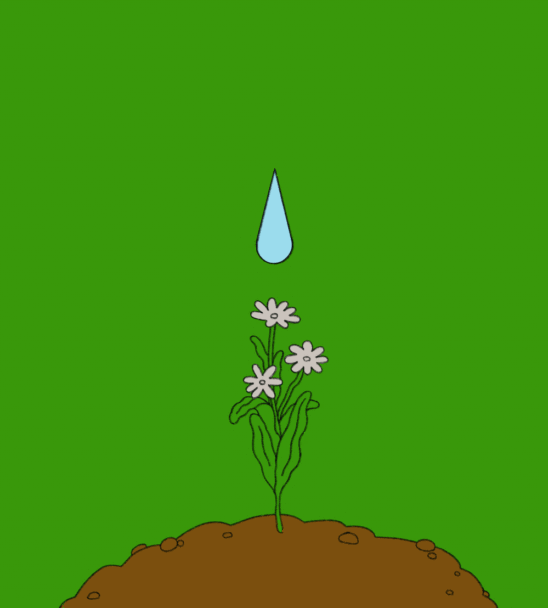
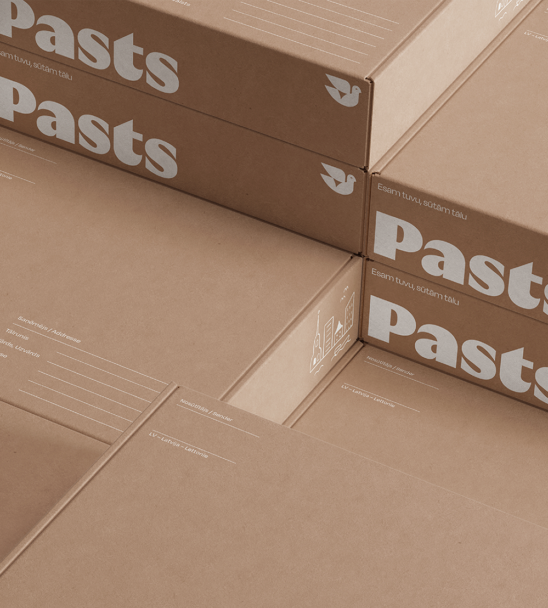


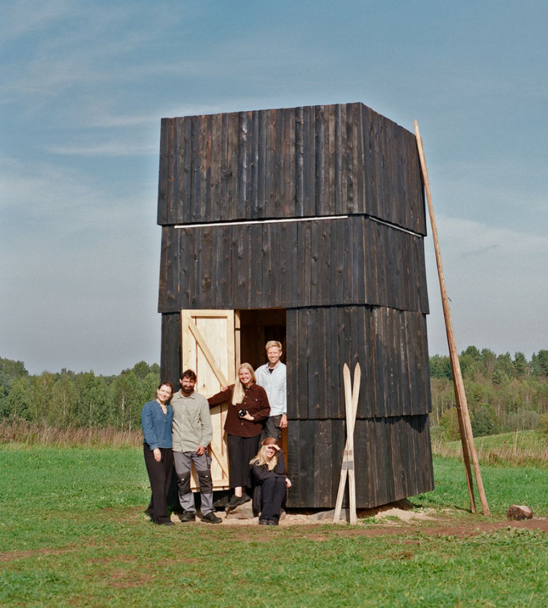
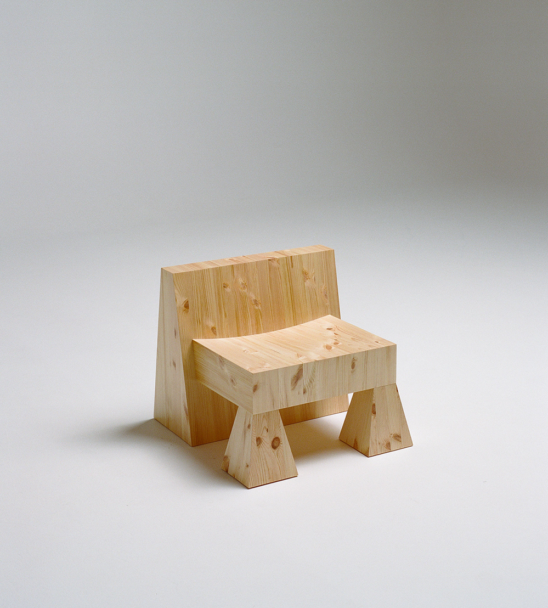
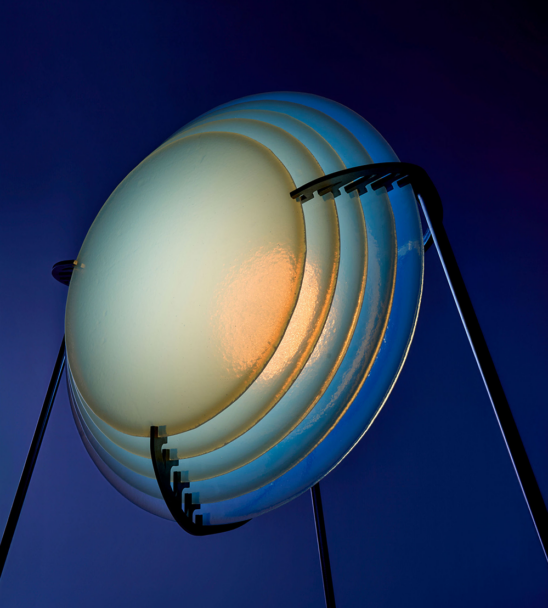
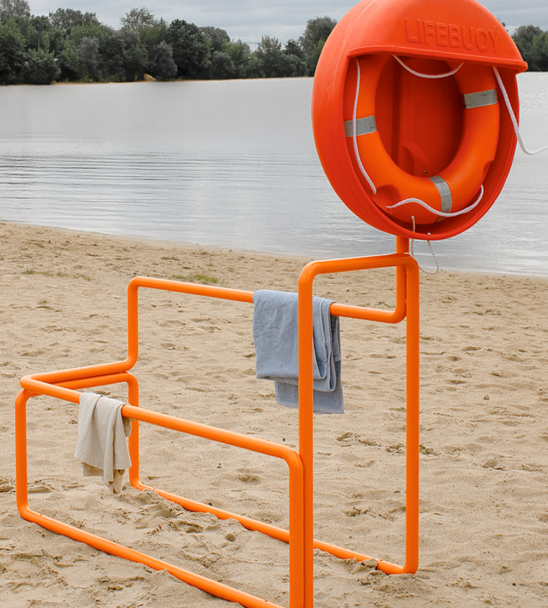
Viedokļi